This book extensively covers the classical indications, properties and therapeutic utility of each herb. Whenever there is some controversy, clear view of th author along with scientific as well as classical explanations/evidences is provided. On the other hand, the morphological, pharmacognostical, phytochemical, pharmacological and clinical studies are discussed in detail in the context of each herb. Another important aspect of this work is the detailed discussion over the version of different commentators on each herb. With the help of these descriptions clear conclusions are drawn to remove the controversial aspects. For example, Nagakesara and Padmakesara which often confuse the raw materials in the market. With the help of available literature it is clarified that the former is Calophyllum inophyllum while the later is Ochrocarpus longifolius. Similarly, Indrayava is commonly considered as the seed of Kutaja. But the commentaries show that the fruits of Indra vrksa are called as 'Indrayava' and the seeds are considered as 'Bhadrayava'. Thence Wrightia tomentosa may be the original Kutaja. Several such controversial aspects may be disposed off by thorough understanding of classical literature and the present practice. This text extensively covered the 120 herbs in the BAMS syllabus while providing introduction on 250 herbs. Therefore, the text is mainly student friendly. For the first time all the Nighantu references are provided at one place for the 120 drugs in Sanskrit.
Illustrated History of Ayurveda
$17.10
$19.00

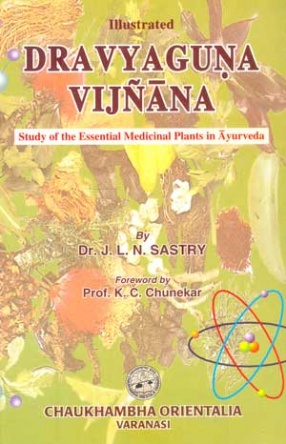
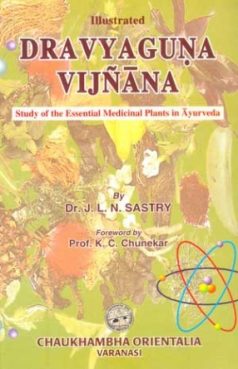
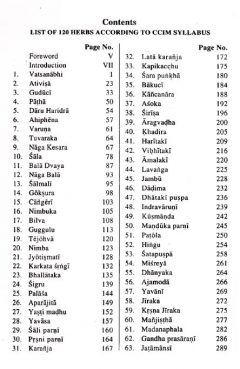
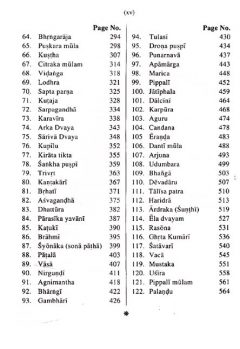
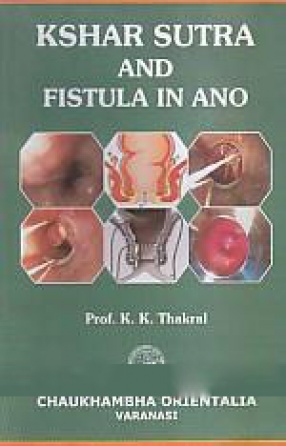
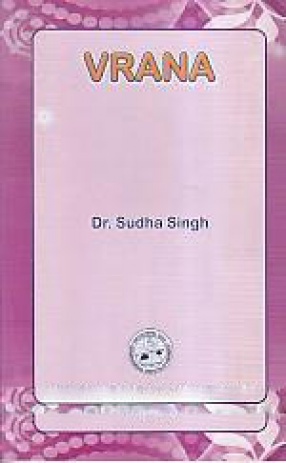
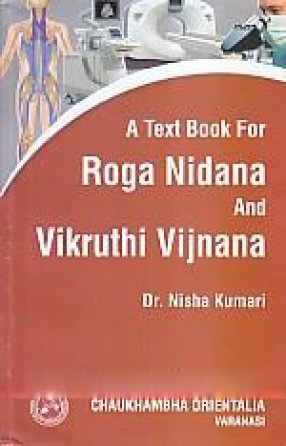
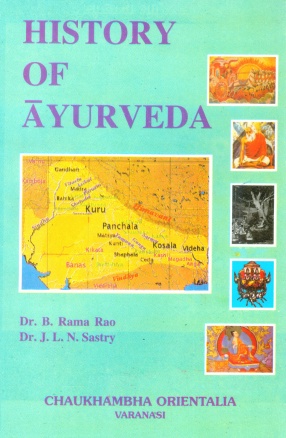
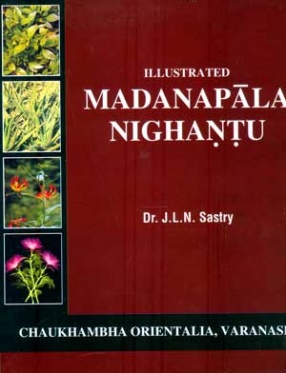

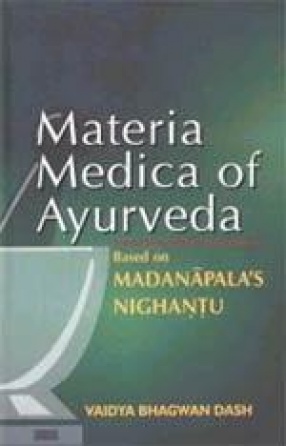

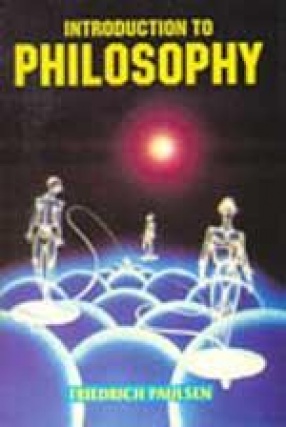
There are no reviews yet.